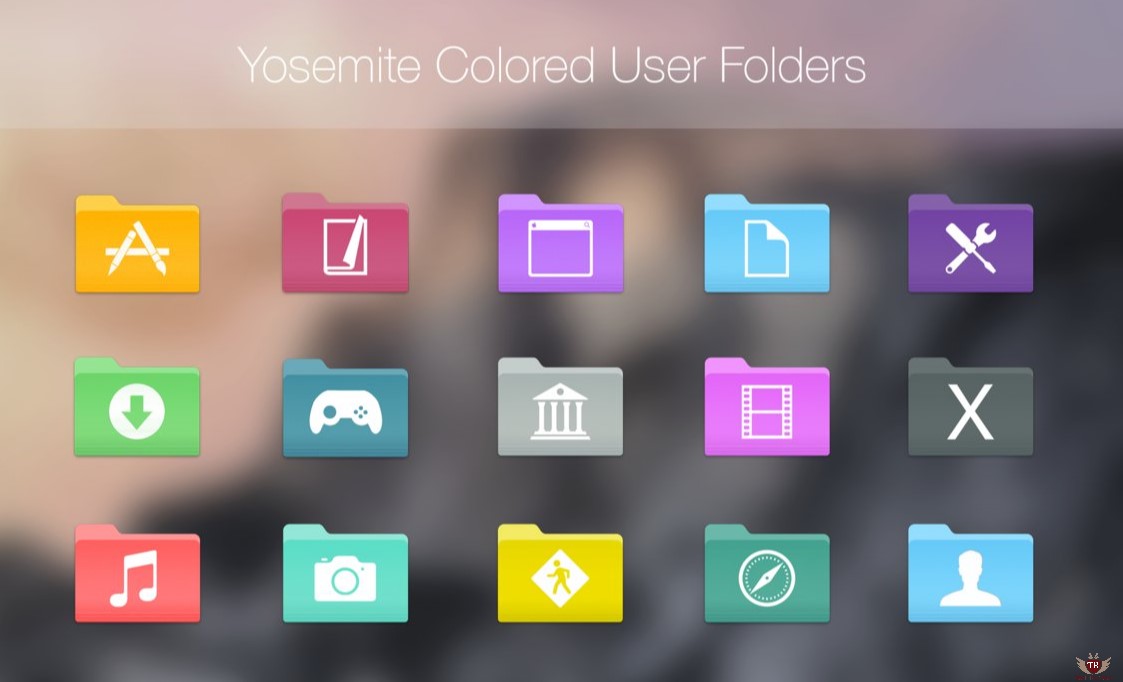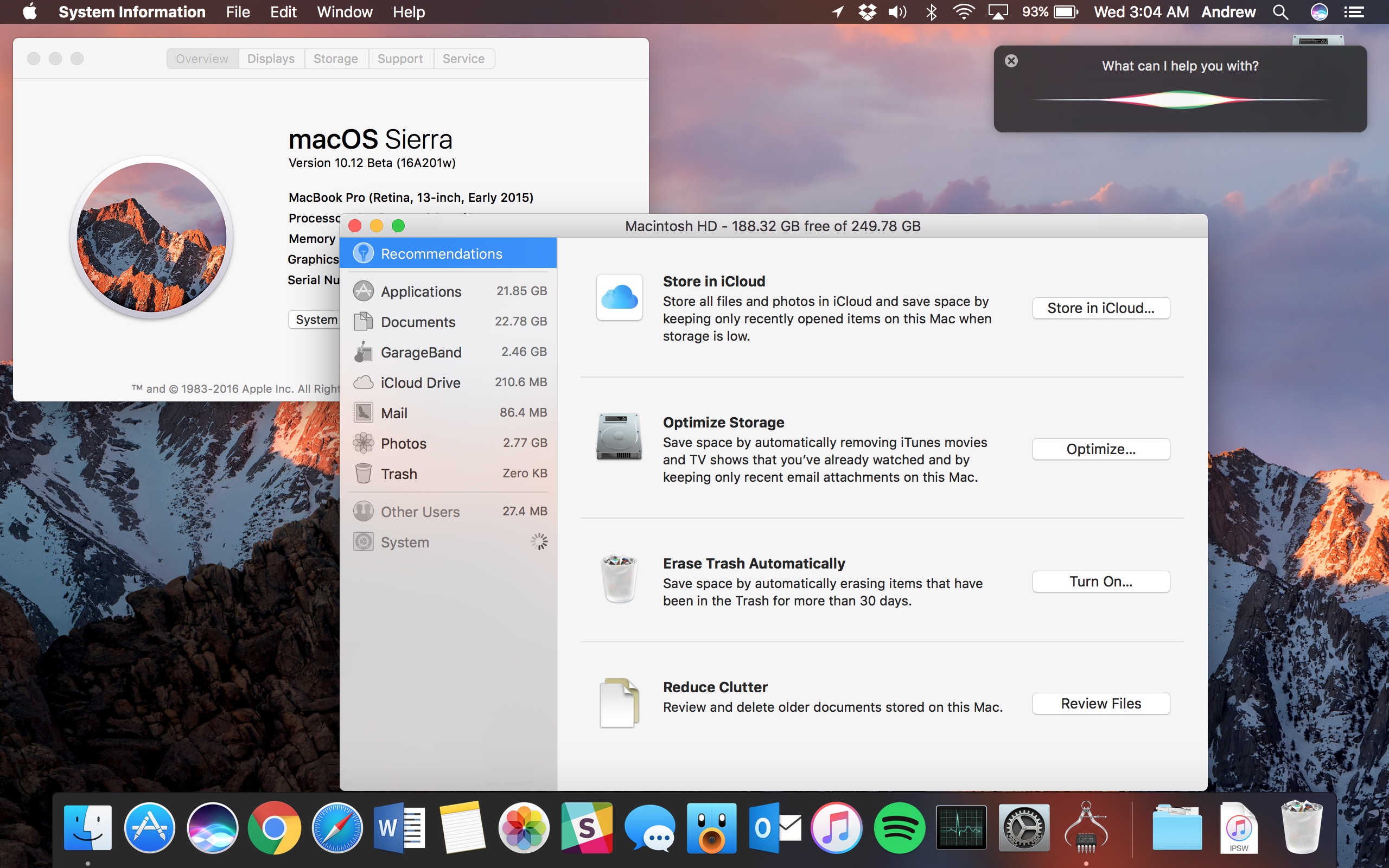Few things are as frustrating as trying to start your Mac and ending up with the dreaded Mac folder with a question mark. You’ve probably tried using keyboard shortcuts like CTRL+R, CTRL+Option+R, or Shift+CTRL+Option+R, but you still get the flashing folder icon on startup.
While this may strike fear into your heart as a Mac user, there are known causes for it, and tried and tested solutions that will help you get your Mac back to normalcy.
Follow along to find out why you’re getting the folder with the question mark in the middle of the screen, and how you can resolve the problem. While this is issue is more prevalent among older Macs, we shall try to address the same for new Mac models as well.
Also on Guiding Tech
On Mac OS X, you can change the icon for almost any file on your computer. In most cases it's as simple as copy-pasting the image into the right window. If you want to alter certain special icons such as Finder, you'll need to delve a little deeper into the Apple system. On your Mac, select the file or folder, then choose File Get Info. At the top of the Info window, select the custom icon, then choose Edit Cut. See also Align and resize items in icon view on Mac Sort items, group icons, and resize columns in the Finder on Mac Rename files, folders, and disks on Mac. With the desire to assign an custom icon to a folder on the desktop, the Get Info panel is first opened, revealing the Icon Well. It's all done via the venerable Get Info panel found under the. Download, folder Ikon di Free Custom Emoji Gradient Mac/PC Folder Menemukan tempat yang sempurna ikon untuk Proyek Anda dan download di SVG, PNG, ICO atau ICNS, yang Free!
#macbook
Click here to see our macbook articles pageCauses of Flashing Mac Folder with Question Mark
There are several reasons why the folder with a question mark appears on your Mac’s screen:
- Your Mac can’t find a bootable volume. That means it can’t find its startup disk, so it can’t boot or start up. Probably you previously started up your Mac from an external disk and later unplugged it, or its hard drive just failed terribly, so it’s having trouble locating its system folder or boot directory.
- Corrupt macOS.
- Corrupt system files.
- Hard disk drive has failed catastrophically.
- The external disk you boot from may be off or disconnected.
- The ribbon cable connecting the drive to the motherboard may be damaged. This cable sits between the bottom case and optical drive, and if the case has indentations in the same area, the cable may be the problem.
Also on Guiding Tech
How To Create a Bootable Backup of Your Mac for Free
Read MoreBoot Your Mac From an Install DVD (For Older Macs)
This process forces your Mac to boot from the install DVD placed in the optical drive. For that, you must follow these steps:
Step 1: Place the install DVD that came with your Mac in the optical drive and reboot. You can use that disc, or if you have a later macOS version, use a newer disc for the same purpose.
Step 2: Once you hear the boot chime, hold down C key on your keyboard or the Option key until you see the Install Disk or Apple logo show up.
Note: Boot from the recovery partition if you’re on 10.7 Lion, 10.8 Mountain Lion or 10.9 Mavericks, and then repair the OS 10.7 or 10.8 partition using Disk Utility.Step 3: When your Mac starts up, choose the language you’ll use, press Return on your keyboard, and an Installation window will open. Ignore this window and click Utilities and then click Disk Utility.
Step 4: If you see your hard disk on the list, click your macOS partition for the hard drive, and then select First Aid tab.
Step 5: Next, run Repair Disk. To enable this button, click on your hard drive’s macOS partition. If this fixes any issues, run it all over again until you see the green OK, and then run Repair Permissions.
Step 6: Finally, use the Startup Disk to select your hard drive to restart your Mac from the hard drive. If it’s not recognized under Disk Utility, it’s probably dead.
Also on Guiding Tech
How to Sync Folders Anywhere on Mac with Multiple Backup Services like Dropbox, Google Drive and More
Read MorePut Your Mac in Recovery Mode
If you’re trying to boot from your Mac’s internal drive, you need to shut down the computer and then start it up while holding down Command+R keys until the globe or Apple logo appears. That will put your Mac in Recovery Mode, and then you can change the startup disk by selecting the option from the Apple Menu.
Recovery Mode comes handy when your Mac won’t boot normally because the startup disk is damaged or corrupted.
That could be caused by corrupt files or mild power surges you’re not aware of, but it fixes the issue without you having to go to extreme lengths, such as performing a reinstall of your macOS.
Note: You can boot using an external Mac startup disk or bootable installer if macOS Recovery doesn’t work.Replace the Disk
If the Mac folder with a question mark appears because of your disk has failed, the only thing you can do is to replace the disk and use the time capsule or another backup device you’ve been using to recover your data to the new disk.
Backup Data and Reinstall macOS
If Disk Utility can’t repair your startup disk, you may have to reformat it. Before doing that, take a backup of any important data from the disk before erasing everything stored on it. You can take the steps below to take a backup of your data to an external drive if you don’t have a recent data backup for your startup disk:
Step 1: Connect an external drive that’s similar in size or larger than your startup disk. Erase the external drive using macOS Recovery and then install macOS to it. Select the external disk that you want to erase, not your startup disk.
Step 2: Once macOS is installed, your Mac will restart automatically from the external drive. When you see the Setup Assistant, choose the option you want to use to move data from another disk, and select the startup disk on your Mac as the source from which to migrate data.
Step 3: After migration, follow the setup assistant instructions to the end, and when you see your desktop, confirm that all your data is present on the external drive.
Step 4: Erase your startup disk using macOS Recovery and reinstall macOS (don’t select your external drive). After erasing the disk and installing macOS, your Mac will restart automatically, and the setup assistant will appear. Copy your data to your startup disk by selecting the option to migrate data from a Time Machine backup or another disk, in this case your external drive.
Note: If you can’t erase the startup disk or reinstall macOS, take your Mac for repair to an Apple Genius or authorized service provider.Get Your Mac Back
We hope you now know what to do when you find the flashing Mac folder with a question mark on your screen. Try the fixes above and let us know what worked for you.
Next up:Want to reduce boot time for your Windows PC? Our next article shows you how to do that using Quick Startup.
The above article may contain affiliate links which help support Guiding Tech. However, it does not affect our editorial integrity. The content remains unbiased and authentic.Read NextHow to Use Quick Startup to Reduce Windows Boot Time
 Also See#apple #folder
Also See#apple #folder Did You Know
In December 2009, the Apple version of WhatsApp was updated to include photo sharing features.
More in Mac
Top 4 Ways to Fix Mac Desktop Icons Missing or Not Showing
Custom Icon For Mac Folder Icons
Icons and folders are two Mac OS X parts which you can adjust to choose what icons and folders appear on the desktop. To customize folders and icons, choose Finder – Preferences, and the click the General tab. Then you can use the Show These Items On The Desktop check boxes to specify the items that will appear on the desktop (hard disks, iPods, old DVDs or CDs, external drives, and so on).
Contents

How to Customize Icons and Folders On Your Mac
A new Mac uses a particular set of graphics with each type of item displayed in Finder window and on the desktop. To change these items, you can cut and paste icon types from one icon preview to another and thus extend your personalization far beyond the desktop imagery, and in the Finder itself.
If you want to change icon graphics, you have to do the following:
- Highlight the file or folder you are going to change in Finder or on the desktop.
- Open the file’s or folder’s Info window by going to File – Get Info or by pressing ᴂ+I.
- Highlight the small icon image at the top of the Info window (we are not talking about the main preview image) and then press ᴂ+C to copy the icon.
- Highlight another item in Finder or on the desktop.
- Open a new Info window.
- Highlight the small icon image at the top of the new Info window, and then paste the icon image by pressing ᴂ+V. New icon styles are distributed as empty folders. Note than when you cut and paste the icon image from the Info window, you also change the icon image on the desktop and in Finder.
Downloading Third-Party Icons
The previous description enables you to cut and paste icon types from one type of default icon on your Mac to another. But you can download new icons from the Internet, as some third-party developers offer their own collections of custom icons. However you should be very careful, as you may end up mixing up Mac OS X and making a mess, if you download and use too many icons.
Apps Which Cut and Paste Icons
If you find it awkward to work with the Info window to cut and paste icons, you might want to get a special app that will do the operation for you. There are many programs of the kind, and they enable you to drag and drop folders onto its preview pane, and then apply different folder styles. In addition to changes styles, you can drop shadows, add glows to folders and find other amazing features (but keep always in mind that all there features will slow you Mac).
Links
- If your eyes are on faster tablets and you look for good hands to adopt your old computer, contact us, and we’ll give you the best price for your gadget: sell your MacBook Pro now, we pay more than competition.
How To Change Icons on Mac Tutorial [Video]
Mac Desktop Icons
Video published by Rails2Revolution on June 10, 2012.
Create Custom Folder Icons
